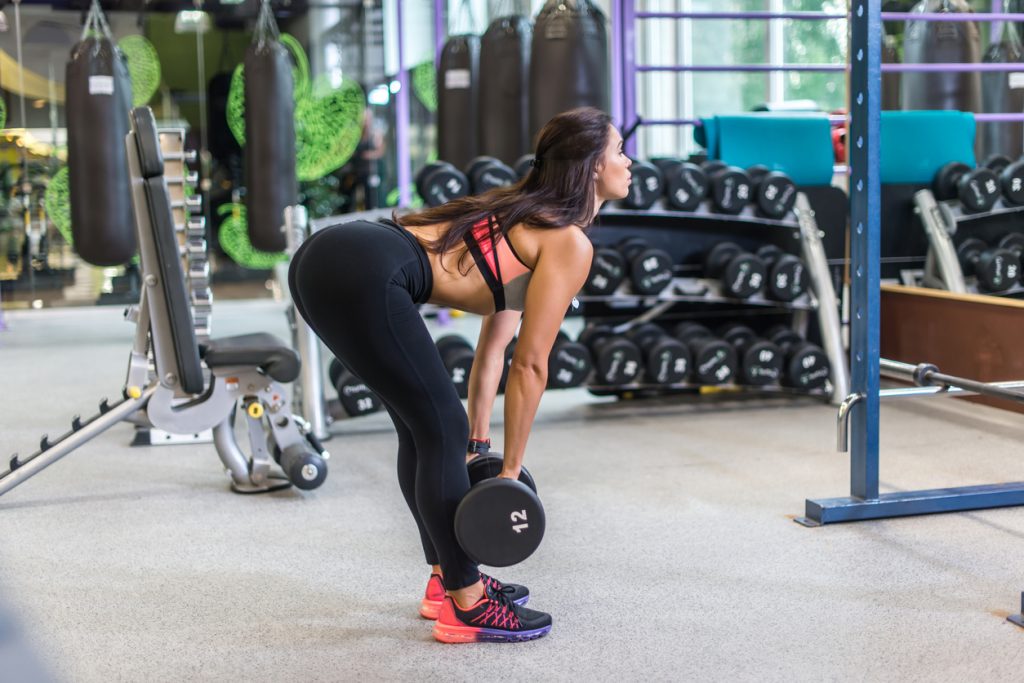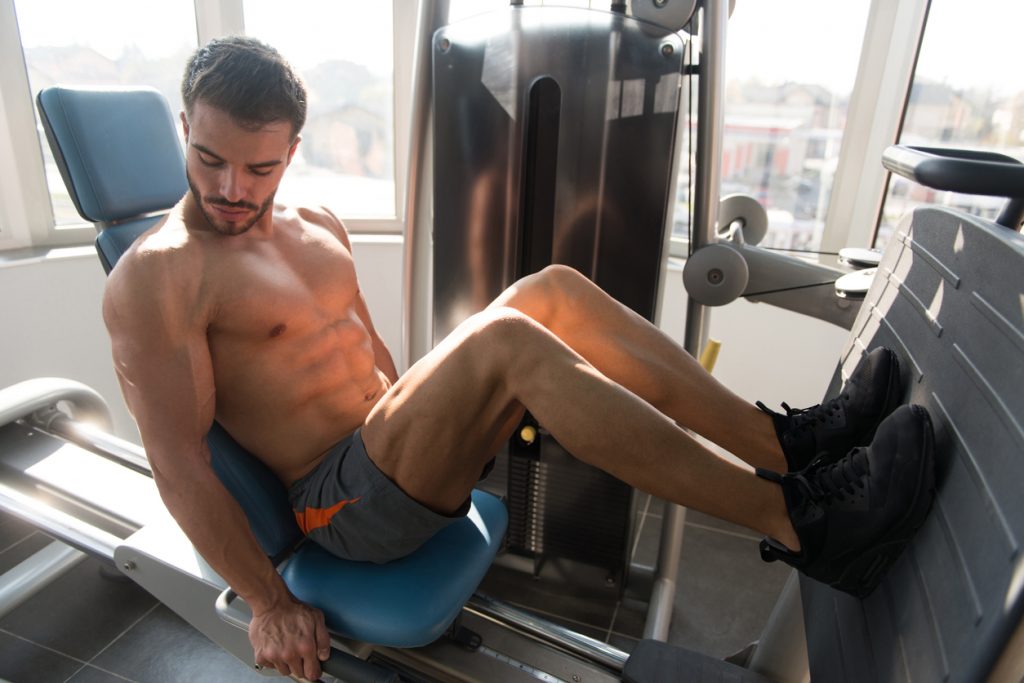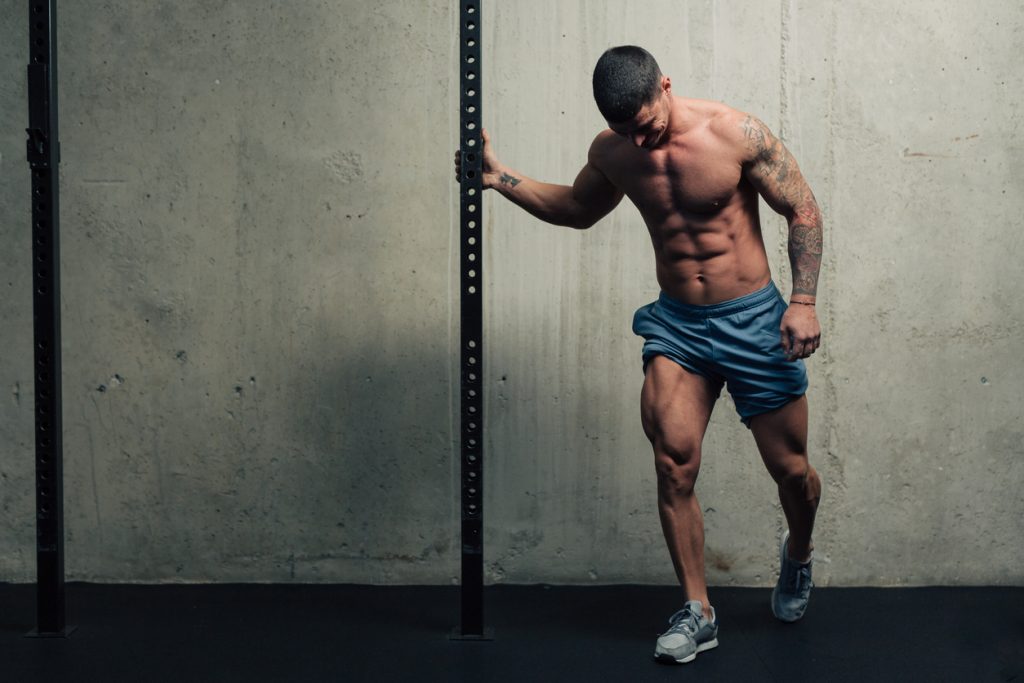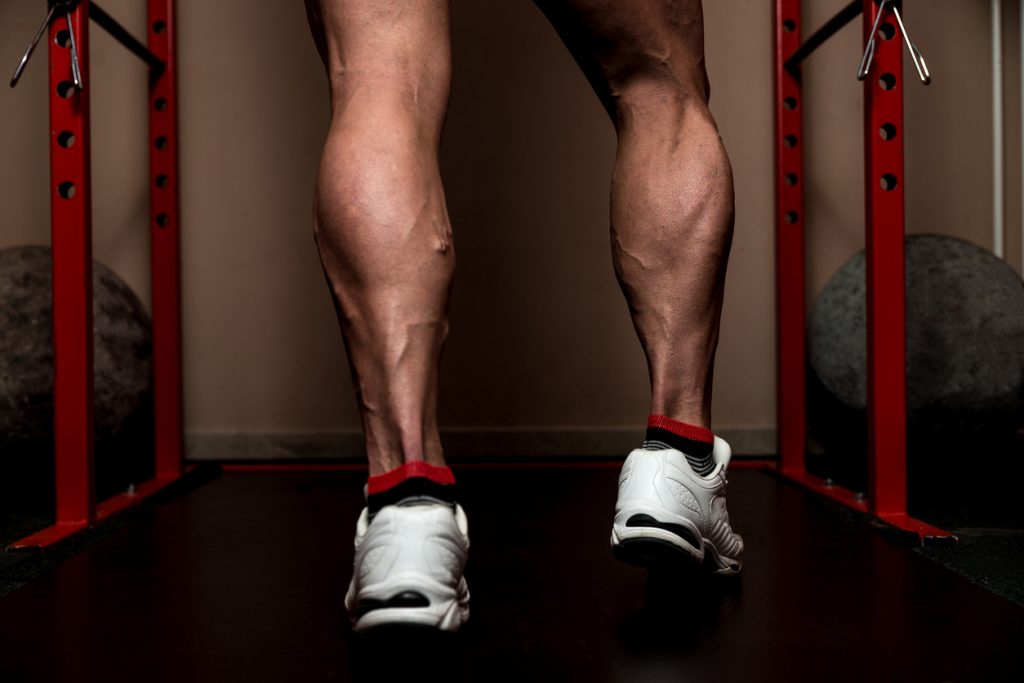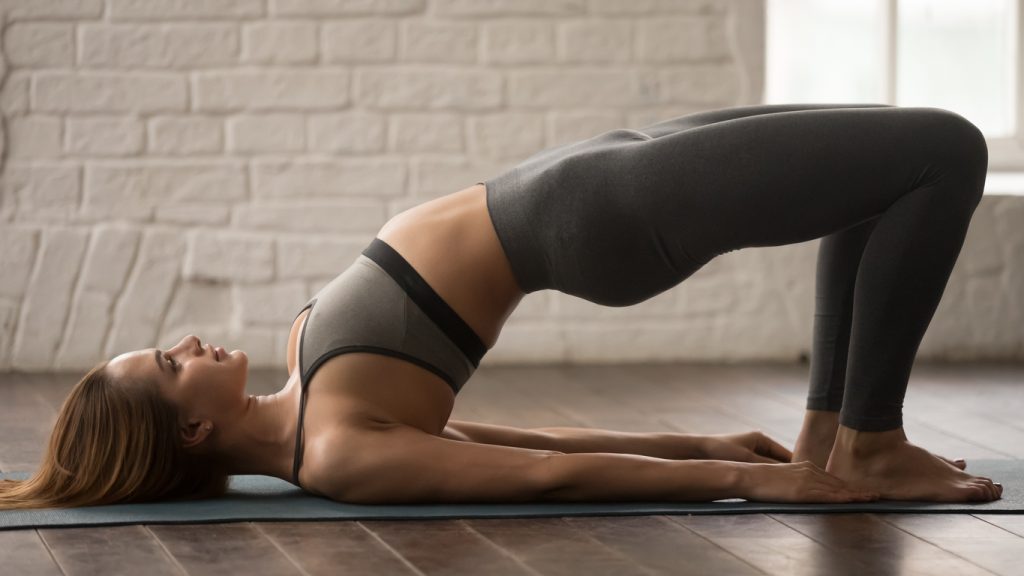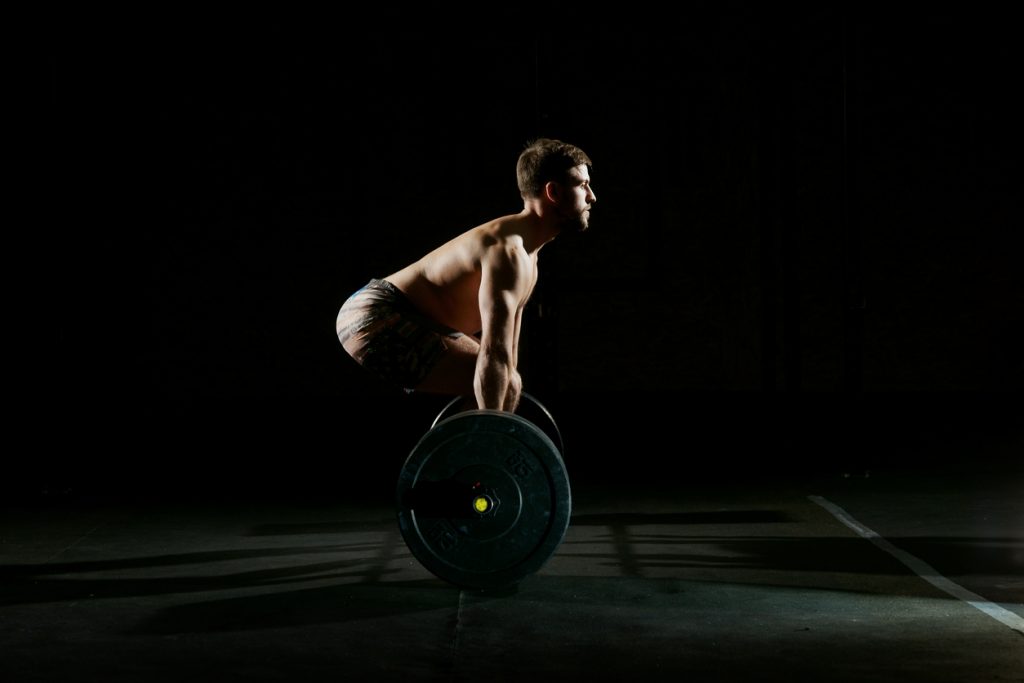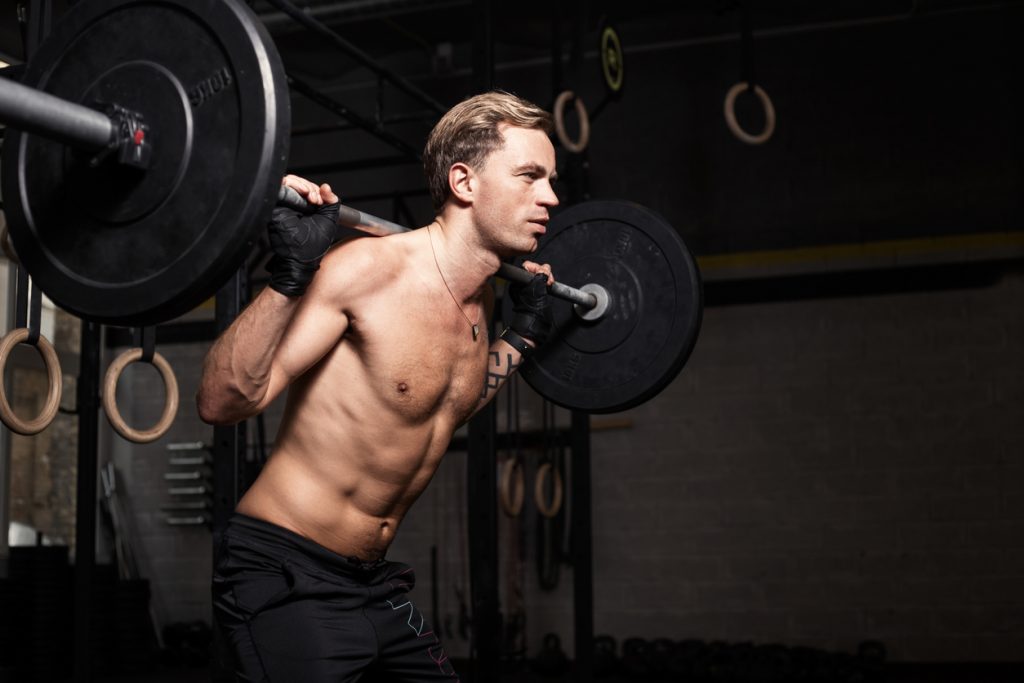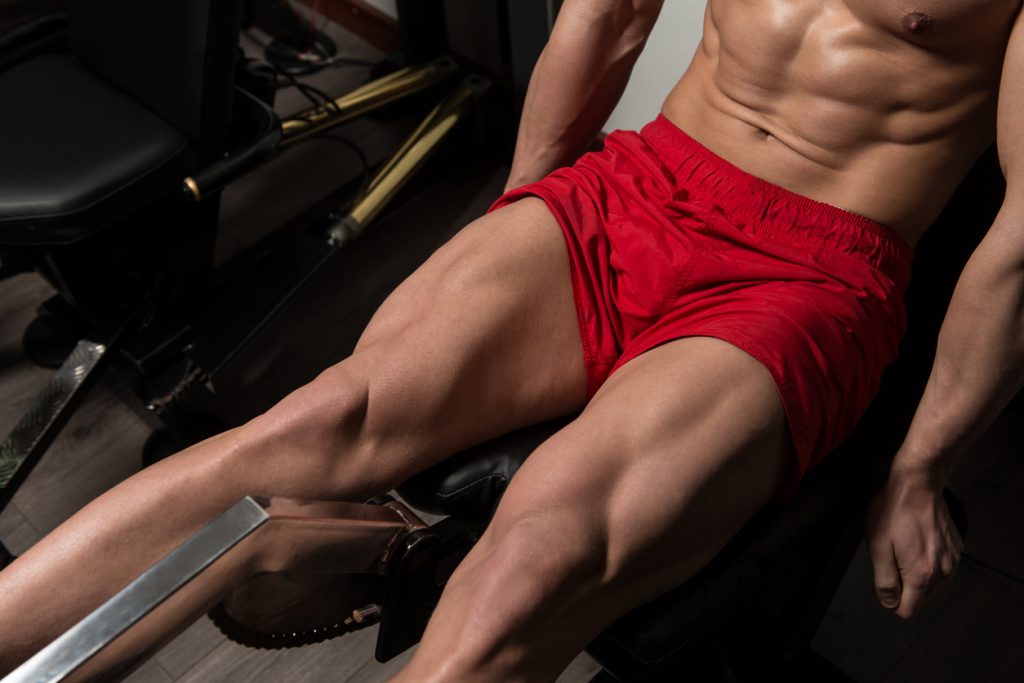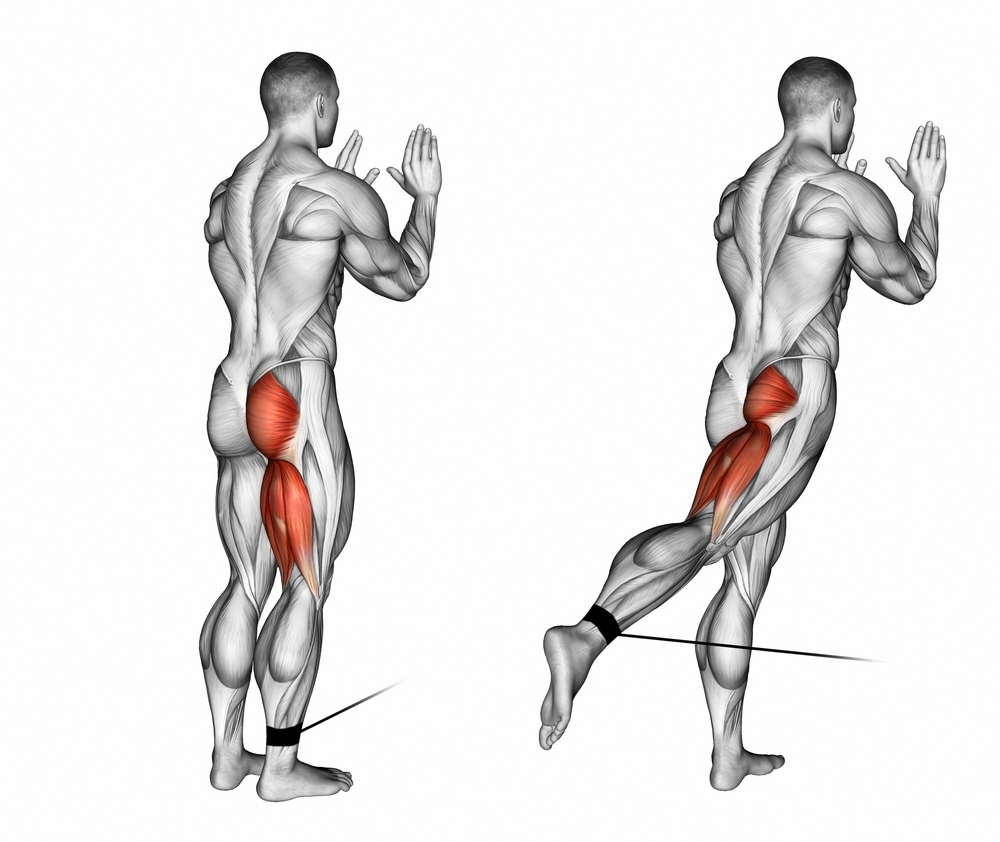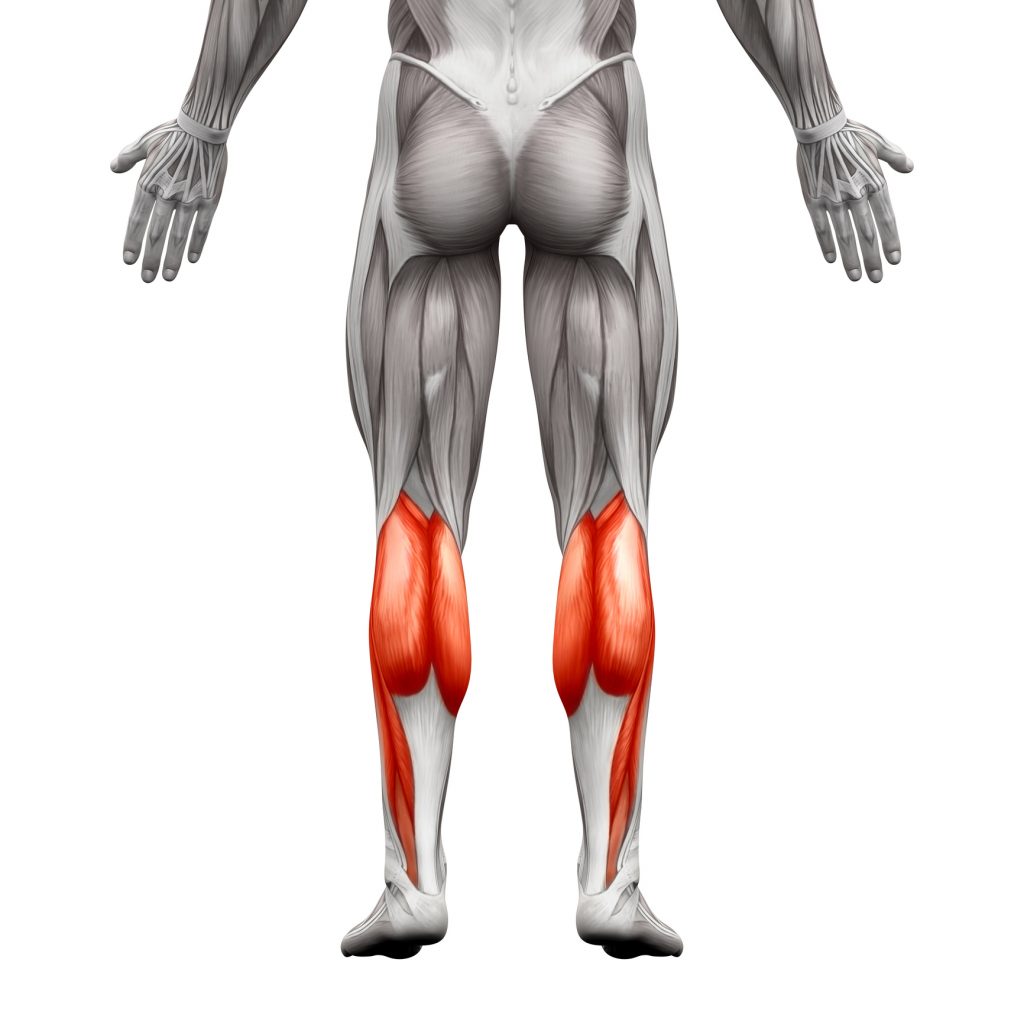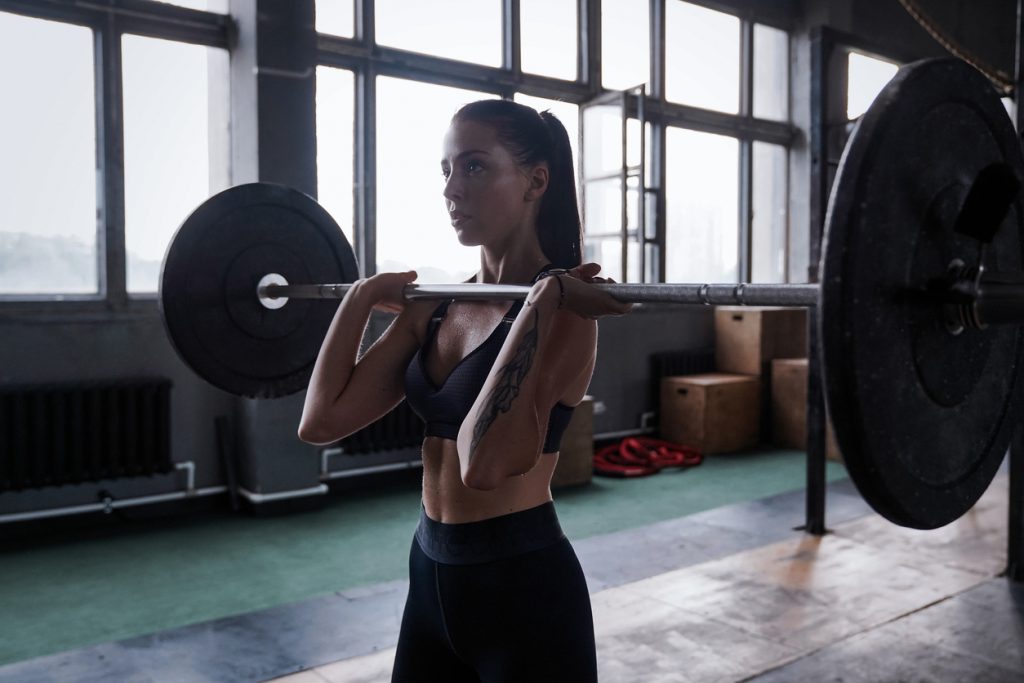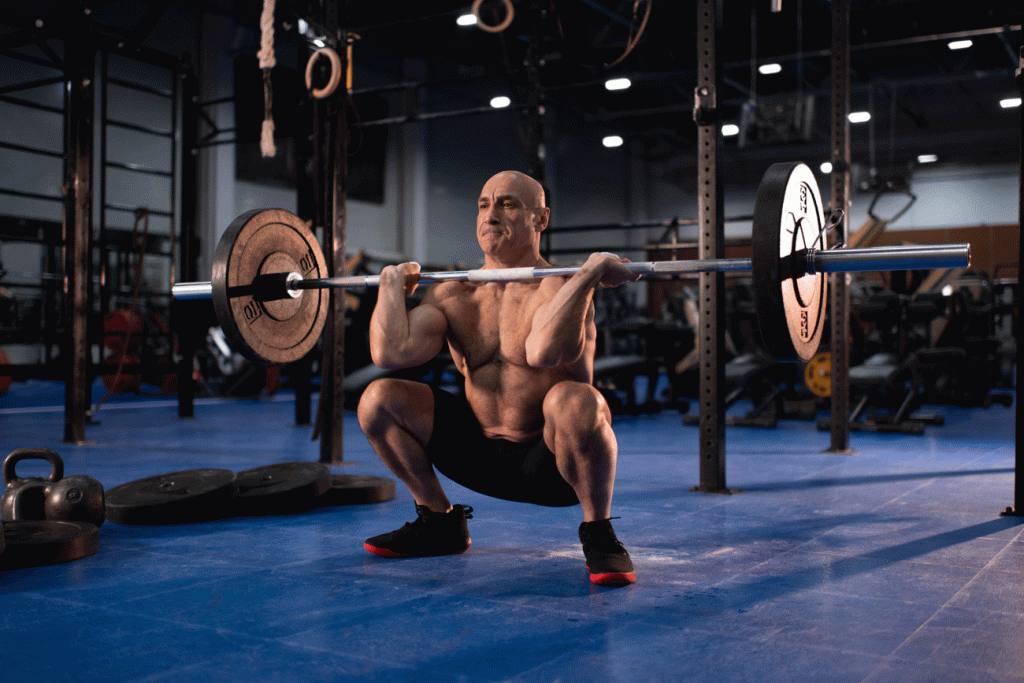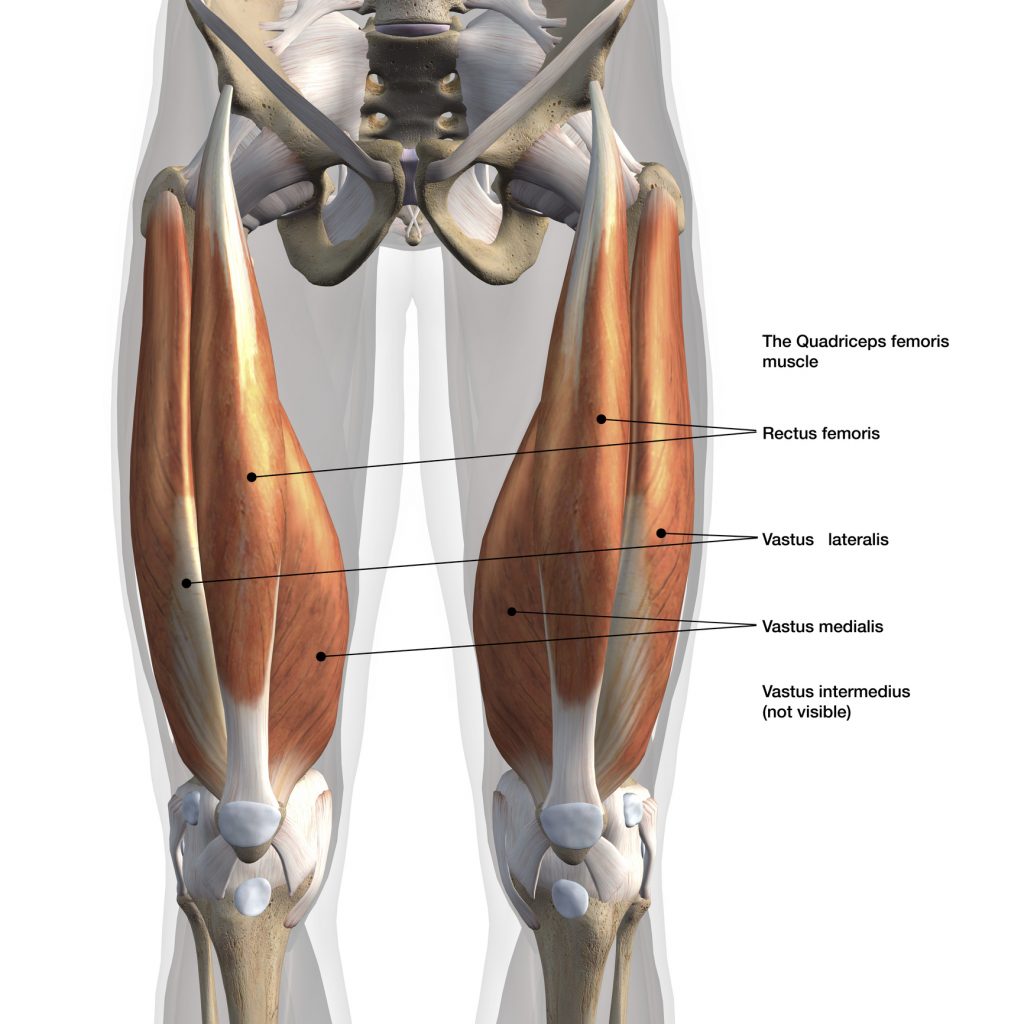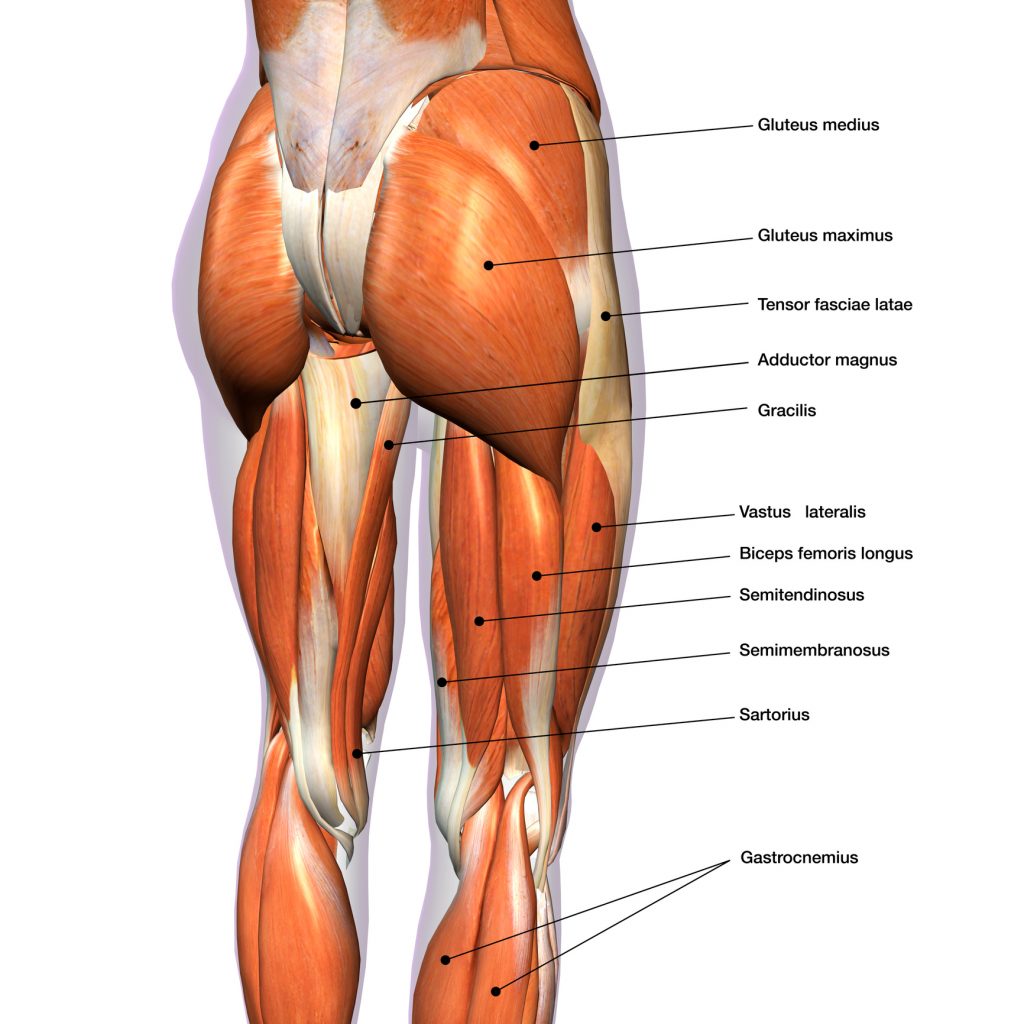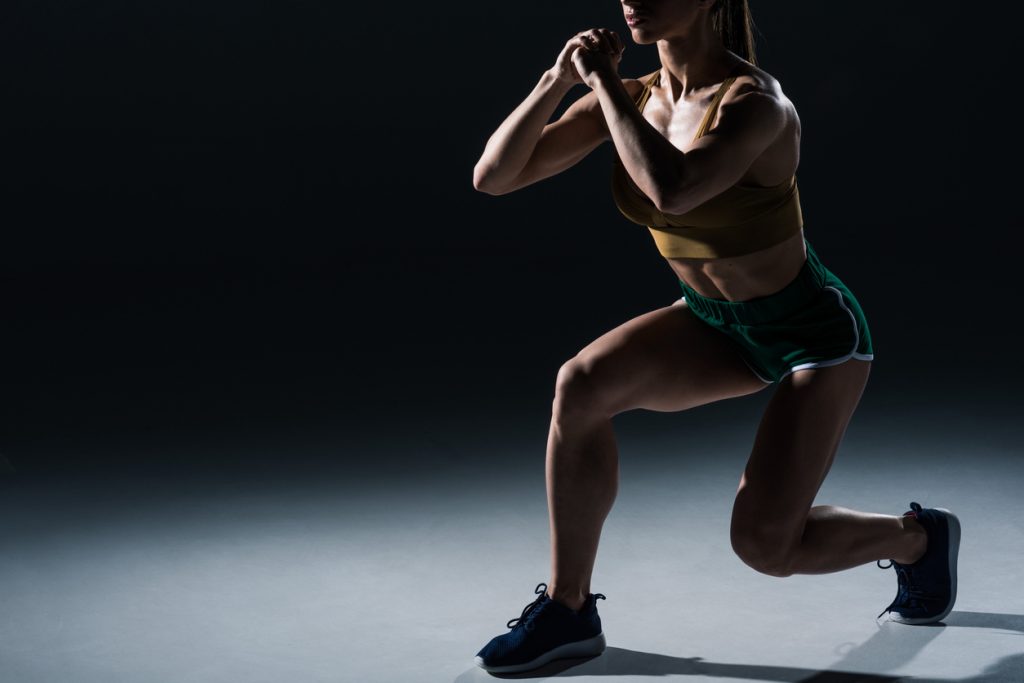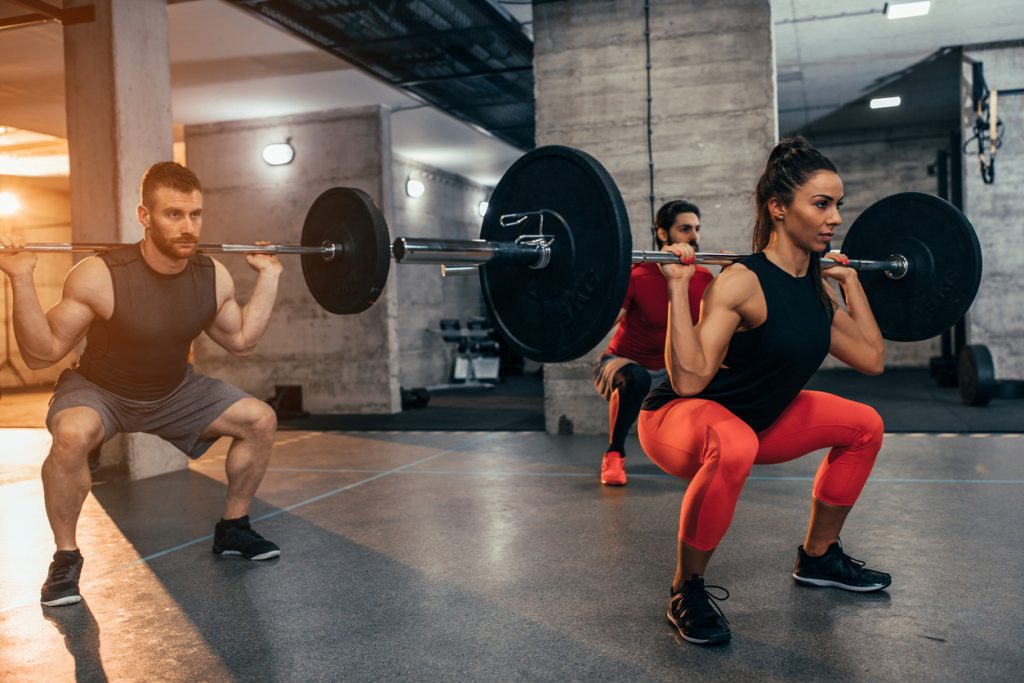The gluteal muscles hold important roles in the mobility of the lower body. In particular, rising from a sitting position, standing, squatting, and standing on one leg can only be done with the presence of the posterior muscles.
This is a muscle group, consisting of three distinct fascicles including the gluteus maximus, gluteus medius and gluteus minimus. In particular, these fascicles are differentiated according to their functions. The gluteus maximus is responsible for bending the leg towards the pelvis and the lateral rotator, while the gluteus medius stabilises the pelvis and ensures that the body is balanced when standing with one leg.
In addition, the gluteus maximus contributes to the abduction of the thigh over the pelvis and the rotation and flexion of the hip, but it also reinforces the action of the gluteus medius. However, the maintenance of the muscles requires more training than classic exercises like the squat in order to gain more volume. Indeed, with these 5 best movements you can gain volume in the buttocks.
But what are the 5 magic exercises?
THE HIP THRUST
Being a polyarticular exercise, the glutes, hamstrings and quadriceps are well mobilized during a hip thrust. In fact, almost the entire leg is worked, but it is mainly the buttocks that are used during this physical activity. That's why it's really advisable to practice it. In principle, the Hip Thrust is done with the free bar, the guided bar or with machines like the legcurl or the leg extension.
Basically, this exercise follows the following movements:
- Put the bar at the level of your upper thighs, just below the pubic bone,
- Press on your heels and start a retroversion of the pelvis by contracting your buttocks,
- During your maximal contractions, make sure that your back forms an arc,
- Slow down the load a little while working on the eccentric phase and immediately do the concentric phase again
- Perform a load that allows you to maintain 12 to 15 repetitions in a row, and rest less than a minute between sets.
- Make sure you have muscle burn.
FRONT LUNGES
Similar to the first exercise, these are also polyarticular exercises. In this case, the quadriceps and glutes are stimulated the most. During this activity, all 3 fascicles are mobilised but the objective is to maintain the balance of the pelvis, the position of the legs and the supports during the work.
They can be performed on the spot with a barbell or dumbbell. However, they can also be performed while walking. For this position, the quadriceps are the most involved.
To perform good lunges, here are the tips to consider:
- Ensure a load that allows you to perform 12 to 15 repetitions at the bar or with dumbbells,
- Bend the right leg while leaning on the heel,
- When the left knee touches the ground, return to the initial position by holding on to the heel,
- Flex again with the leg of your choice during the alternative or walking lunges.
THE DEADLIFT AND THE DEADLIFT WITH STRETCHED LEGS
The deadlift starts out as a specific back and lumbar exercise, but it can enhance gluteal movements as well. In particular, the hamstrings are recruited when the legs are stretched. Depending on the two movements which are the deadlift and the straight legged deadlift, the gluteal muscles are worked.
But what are the differences between the two movements?
The deadlift
This activity requires a lot of support which consequently stimulates the muscle groups. In order to work the glutes well during this exercise, it is important to maintain the support on the heels during each movement.
In fact, the following steps are useful:
- First put the bar on the floor and take a load that allows 8 to 10 repetitions,
- Take the bar and put it at shoulder width with the legs bent,
- At the beginning, your shins touch the bar,
- As you rise, keep your back straight and keep the bar as close to your body as possible,
- Once you have straightened up, concentrate all your energy on your buttocks by contracting them
- Start the eccentric phase by keeping the gluteal contraction
- Repeat this movement as many times as possible
The straight legged deadlift
This is similar to the deadlift but with more work on the hamstrings. It can be done with a free bar, dumbbells, guide frame or low pulley.
How to do it:
- Place the bar on the floor, boost a load for 8 to 10 reps,
- Position the bar at shoulder width with legs slightly bent,
- Raise the load by pressing on the heels, with legs straight and back straight,
- On the way up, keep the bar close to the body,
- When you stand up, contract your buttocks intensely,
- Lower the load, letting the buttocks contract. And repeat.
BACK EXTENSIONS ON MACHINE OR BALANCE BEAM
This exercise is excellent for the glutes and leg work.
You must:
- Stand on the machine or on a low pulley,
- Straighten the leg backwards by contracting the buttocks,
- Repeat (12 to 15 times),
- Repeat with the other leg
THE ABDUCTIONS
The abduction machine is very popular in fitness centres because of its efficiency. With this machine, the exercise is performed in a sitting position. The physical activity uses the small, the large and the medium gluteal muscles.
Thus, all three muscles can be worked depending on the position of the chest on the machine. With a straight chest against the backrest, the small and medium-sized buttocks are the most solicited. Then, by leaning the bust forward, the concentration is on the large buttocks.
How to proceed?
- Take a load to realize 15 repetitions,
- Do the 8 to 10 repetitions with the chest bent forward,
- Complete the set of 15 reps with the chest against the backrest.

